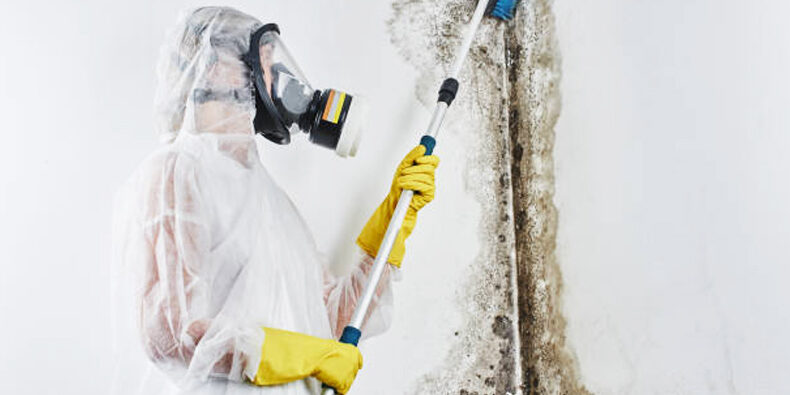Mould is a persistent problem in many homes and buildings, thriving in environments where moisture and organic materials are present. Understanding the causes can help prevent it from becoming a larger issue. Here are the most common reasons for mould growth indoors:
1. Excess Humidity
High indoor humidity levels (above 60%) create an ideal environment for mould. This is common in areas like bathrooms, kitchens, and basements, where moisture is frequently present.
2. Poor Ventilation
Lack of airflow traps moisture, especially in enclosed spaces like bathrooms, laundry rooms, and attics. Without proper ventilation, these areas become prone to mould growth.
3. Water Leaks
Leaking roofs, pipes, or windows can introduce water into walls, ceilings, or floors, providing a perfect breeding ground for mould. Even small, undetected leaks can lead to significant mould issues over time.
4. Condensation
Condensation occurs when warm, humid air meets cool surfaces, such as windows, walls, or pipes. This moisture buildup creates an environment where mould can flourish.
5. Flooding
Homes that have experienced flooding are at a high risk of mould growth, especially if water isn’t completely removed within 24-48 hours. The dampness left behind can seep into structural materials.
6. Organic Material Build-up
Mould feeds on organic materials like dust, wood, or fabrics. Areas with a combination of moisture and dirt, such as carpets or upholstered furniture, are especially vulnerable.
7. Damp Building Materials
Construction materials like drywall, wood, and insulation can absorb moisture. If they are installed while damp or exposed to moisture later, they can quickly become a breeding ground for mould.
Follow us on Facebook and Instagram For Daily Updates or Book Your service on 0414959665!
Thank You!







